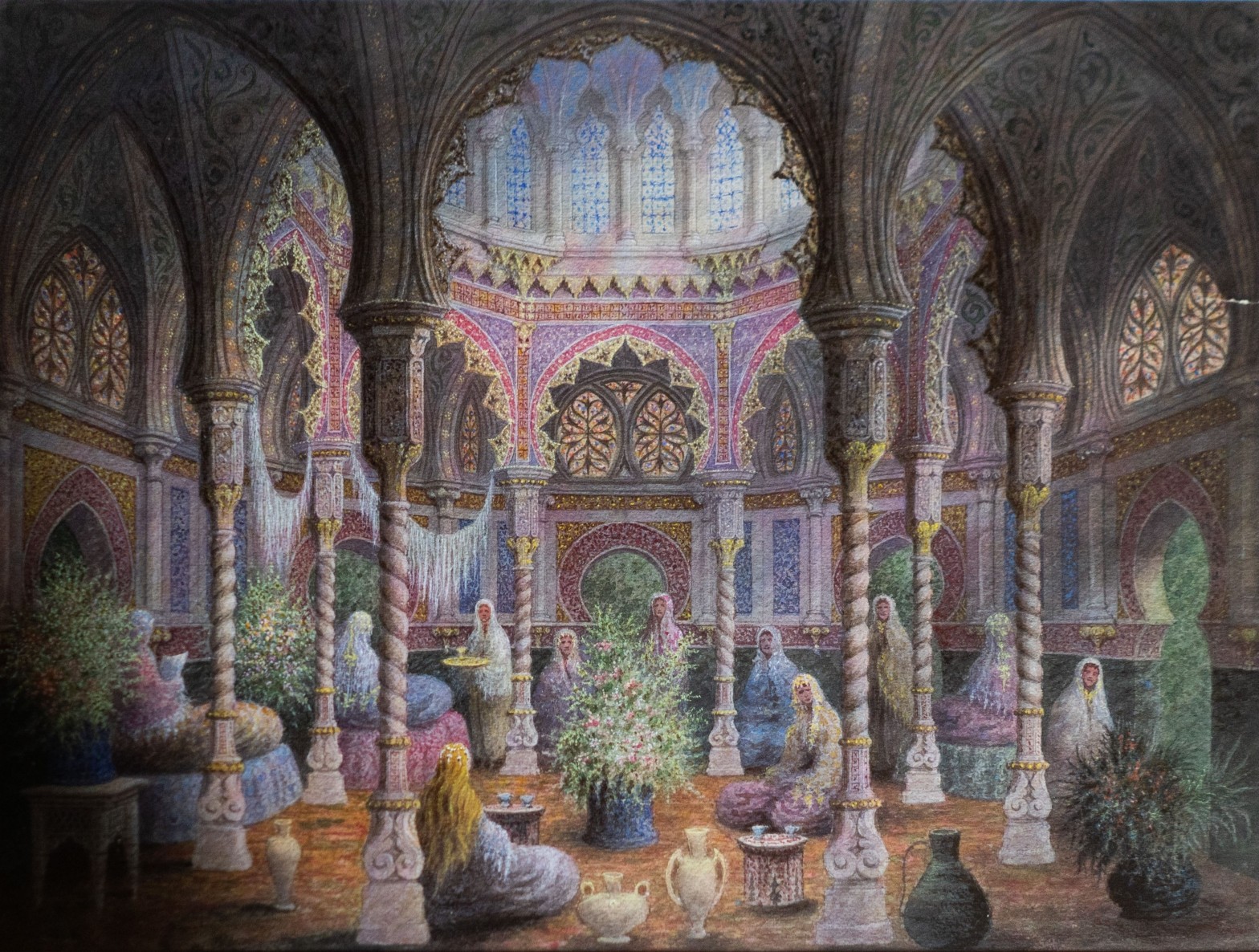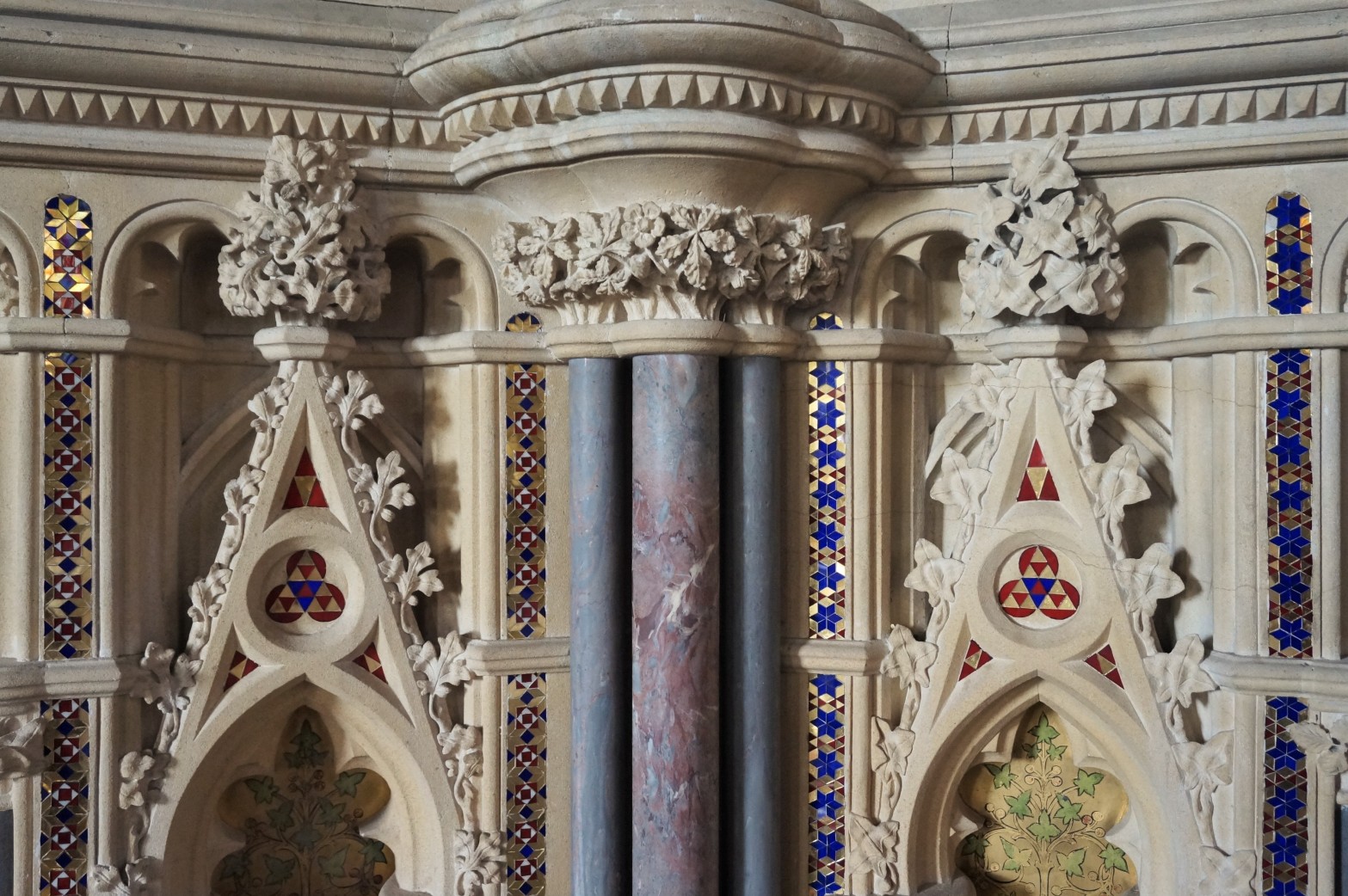The internet has changed the process of writing architectural history beyond all recognition. Information that just twenty years ago would have required lengthy and arduous research to track down can now be obtained with a few clicks. The amount of material which has been digitalised and placed within the public domain is truly staggering. ItContinue reading “The phantasmagorical Mr Croft”
Category Archives: Islington
Prolific inimitability: getting to grips with S.S. Teulon (1812-1873)
For many of the architects featured in this blog, single posts running to something in the region of 15 pages of copy is sufficient to give a reasonably comprehensive account of their careers. Further research might bring to light previously unknown works and thereby flesh out the picture, but is unlikely to yield anything thatContinue reading “Prolific inimitability: getting to grips with S.S. Teulon (1812-1873)”
From the picturesque to the sublime: Henry Darbishire and the architecture of philanthropy
The name of the architect may not stick in the memory; his greatest work most certainly will. Like many people, I learned about the Columbia Market in Bethnal Green and its tragic fate thanks to Hermione Hobhouse’s Lost London. Somewhere in my mid-teens, I discovered the book in the reference room of Kingston-upon-Thames public libraryContinue reading “From the picturesque to the sublime: Henry Darbishire and the architecture of philanthropy”
Robert Lewis Roumieu: progressive or prankster?
One is the former London office of a firm that produced vinegar and fortified wines. The other is a speculative development of townhouses aimed at the affluent middle classes. Fairly mundane projects typical of the 19th century, one might think; typical, indeed, of hundreds such up and down the country, brought into being by theContinue reading “Robert Lewis Roumieu: progressive or prankster?”
John Croft: the most mysterious rogue of all?
If one were to single out a figure who embodies all the tantalising yet exasperating complexities and lacunae of the byways of 19th century architecture, it might well be John Croft. Two works have come down to us which demonstrate an impressively fertile architectural imagination. Even by the standards of the 1860s – the high-waterContinue reading “John Croft: the most mysterious rogue of all?”




